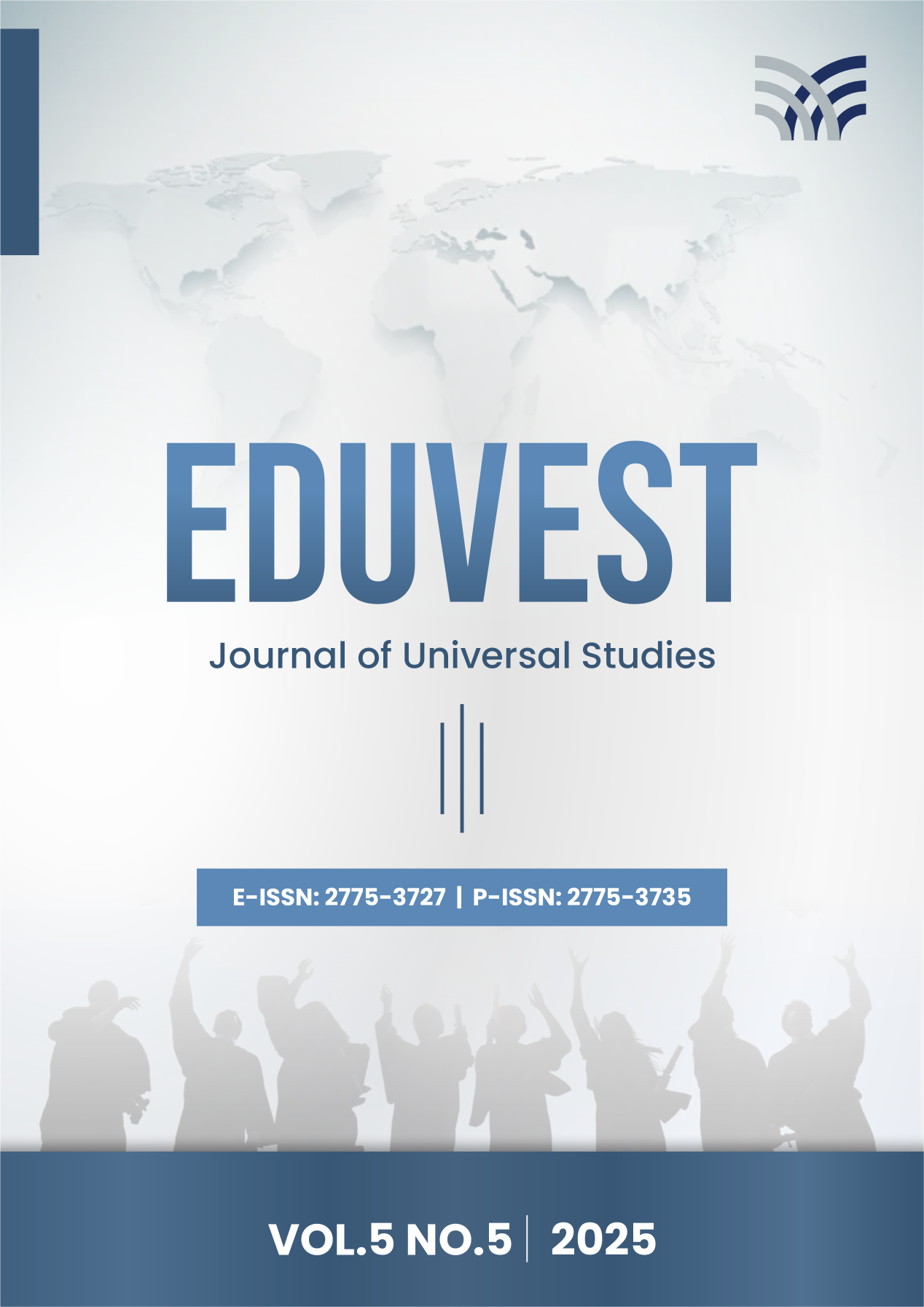Design of Professional Zakat Management Model in Alleviating Poverty
DOI:
https://doi.org/10.59188/eduvest.v5i5.51346Keywords:
professional zakat, zakat management, povertyAbstract
Professional zakat is one of the instruments in poverty alleviation as long as it can be managed properly. The Regency Government in collaboration with BAZNAS implemented a salary cut strategy to increase the participation of ASN and its employees to pay professional zakat. So the objectives of this study are, first, to explore the management of professional zakat carried out by BAZNAS through collaboration with the Regency Government, Second, to analyze the role of professional zakat in alleviating poverty, Third, This study was conducted with a qualitative approach through a case study type. The case study was conducted at BAZNAS Situbondo, because BAZNAS collaborated with the Regency Government to cut ASN salaries, especially ASN in the Ministry of Religion to help madrasas and teachers whose economic conditions were not yet classified as prosperous. Data were collected through observation, interviews and documentation, and strengthened by FGD with related parties. Data were analyzed interpretively and tested with triangulation of sources and techniques. This study produced findings, first, zakat management carried out by BAZNAS uses the following management principles: Planning, Organizing, Actuating and Controlling, with the realization of collection, distribution and utilization, reporting and accountability, and financing, second, professional zakat has not been able to completely eradicate poverty, but can only be an additional income for mustahik, third, the design of the professional zakat management model is more on the model of providing educational facilities and teacher salary assistance, so that it can increase the income of teachers, especially honorary and religious teachers.
Downloads
Published
How to Cite
Issue
Section
License
Copyright (c) 2025 Zeiniye, Nikmatul Masruroh, Fauzan, Moch. Chotib

This work is licensed under a Creative Commons Attribution-ShareAlike 4.0 International License.











